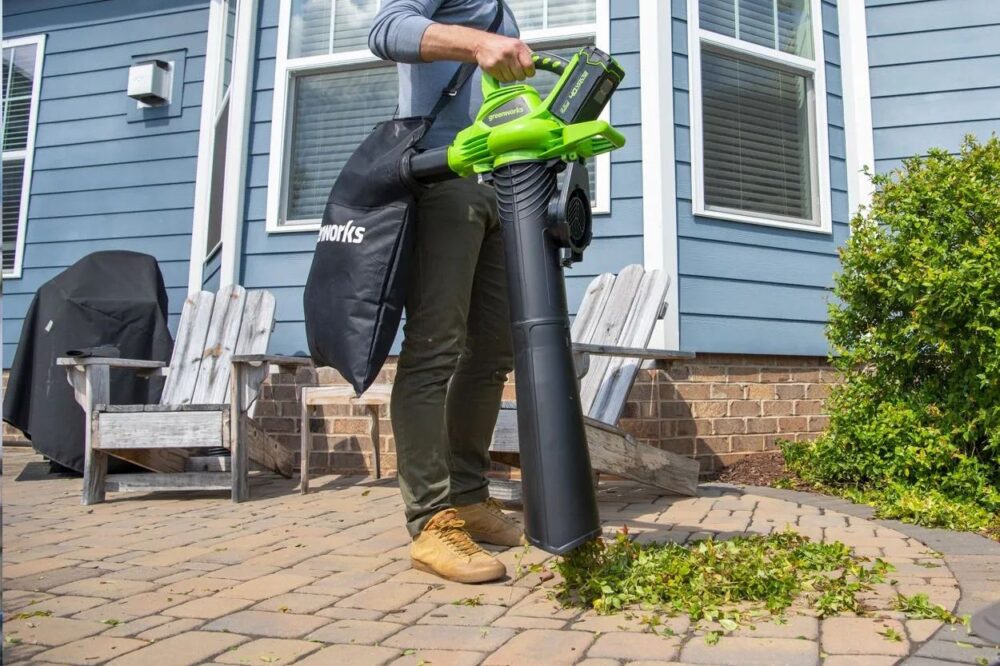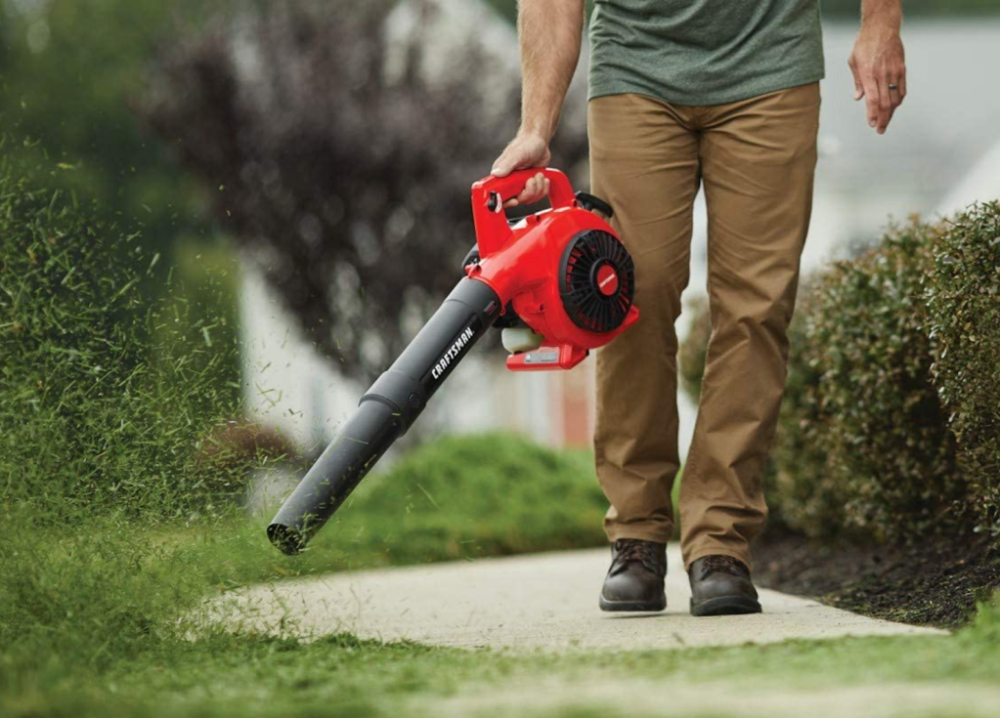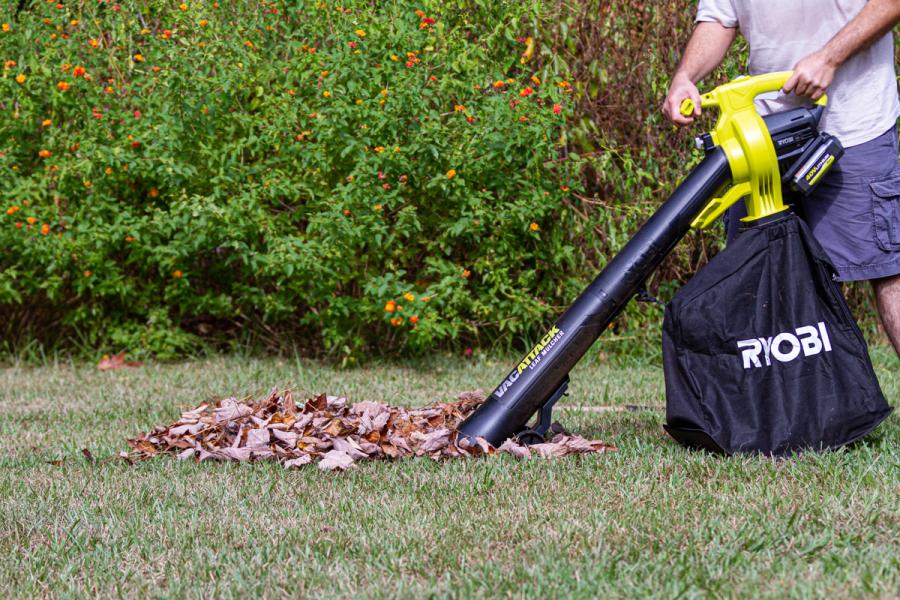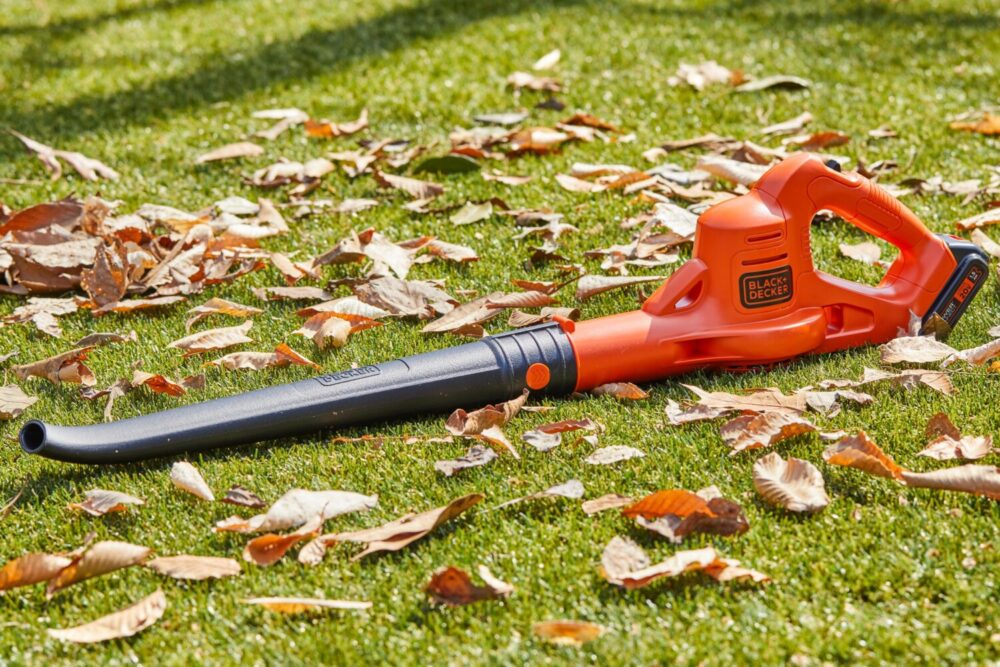Leaf vacuums are a helpful appliance for your courtyard. They may be far from number one on your outdoor equipment wish list, but as you get one, you’ll notice how the experience of getting the fallen leaves off your property changes. But how do you choose the best cordless leaf vacuum that isn’t either too weak or too powerful and expensive for your property? To answer this question, we ask Tools n Goods to take a closer look at this class of devices.
What Are Leaf Vacuums?

Source: popularmechanics.com
As you might have guessed from the name, leaf vacuums are specialized vacuums for removing fallen leaves from the ground. Of course, it requires some specific features, like a built-in mulcher that cuts the leaves into smaller parts, making them easier to handle when blown in. In addition, these blowers have some level of protection, so they can operate in cold or hot weather and don’t suffer from water drops or moisture (if not overexposed).
Usually, the flow can be reversed, so you can use the same device as a leaf vacuum and a leaf blower. This is justified, as technically, combining these 2 modes is rather easy. While cleaning your yard, you’ll need both modes: the blower to move the leaves away from a place that’s hard to reach and then the vacuum to suck them in.
Of course, emptying the bag into the trashcan is simpler than making piles of leaves and then moving these piles manually (or even worse — setting them on fire right where they are). The mulcher makes the leaves well processable. That’s why these devices make their way to more and more households. Does yours need one? Let’s see.
Corded vs. Cordless Leaf Vacuums
Our time’s motto is “Cut the cords!” That’s why most devices that start as corded ones may later get their cordless versions. Massage devices, acoustic systems, and even tea kettles get battery-operated. It’s a logical way to go for outdoor equipment, often used away from the nearest socket, so it requires a long extension cord.
The cordless leaf vacuums can be gas- or battery-powered. In general, gas-powered models are recommended for larger remote areas where you won’t have access to power sources, and buying extra batteries makes less sense than just taking more fuel with you. A battery-powered leaf vacuum will be a better solution for your yard or patio. You won’t have to go far to recharge it, and the area is usually not too large to process in one or at least two hours.
Today’s cordless leaf vacuums are in demand. Their pros are easy to see:
- More mobility. Without a cord, you can visit the remotest corners of your yard or garden, removing the fallen foliage from there;
- Fewer risks. With a cord under your feet, there is always a chance of damaging it, even with the very device you’re using it for;
- More power (specific for gas-powered models);
- Easier to control.
Yet corded ones have their advantages too, and they are the following:
- No need to recharge or replace batteries;
- Corded vacuums can be more powerful (though better battery-powered ones catch up);
- They are cheaper;
- They are not as heavy as those with a large battery.
Sounds interesting for a smaller yard, doesn’t it? With all these advantages, cordless ones are still a more exciting option. Even such an obvious drawback as their weight can be an advantage if you can control them (which doesn’t require much force indeed).
What to Look at While Choosing the Best Cordless Leaf Vacuum

Source: rollingstone.com
If you have decided on buying a cordless leaf vacuum, your choice just begins. There are many models nowadays, mostly combining the functionality of a leaf vacuum and that of a leaf blower. So, how do you choose the optimal model? We recommend looking at the following parameters:
- Size. Choose with your hands — the device should be easy to operate.
- Bag size. A small bag would make you empty it too frequently. If it’s too big, you don’t have to fill it all.
- Airflow. This parameter defines how strong it is at sucking the leaves in.
- Noise level. The lower it is, the better.
- Mulcher features. The ratio does matter.
- Battery capacity. The larger, the better — if you are okay with its dimensions and weight.
- Kit. Extra batteries, tubes, wheels, and other accessories expand the appliance’s functionality and make it more comfortable.
Maybe Just a Leaf Blower Will Do?
Leaf blowers are quite a popular class of outdoor equipment. If your task is to get the leaves out of somewhere you cannot just reach manually, a blower will do. Even more so, if you are okay with leaves anywhere off the paths, a blower is a good solution then.
A vacuum is a solution if you are not okay with foliage rotting on your ground. Not only will it help you lack these leaves in the bag, and it will also mulch them so the volume of the resulting pile is up to 18 times less than it would have been. No matter if you plan to bury them, throw them into a garbage can, or just leave them behind the house — the smaller the pile, the cleaner the area.
Some people who buy a 2-in-1 blower and vacuum often ignore the vacuum feature. Probably they aren’t aware of it as much or just don’t bother to replace the tube. Maybe they just don’t need such a device. But as you’re reading this, it’s safe to assume you are quite aware of the vacuum feature and plan to use it.
So, Do You Need a Cordless Leaf Vacuum?

Source: gardentoolexpert.com
Well, it’s not the first thing on your list of The Most Necessary Equipment for Outdoor Care. On the other hand, if you really want your yard clean and tidy, it’s hard to overrate its effect. So yes, it does make sense to purchase one and use it, as handling fallen foliage with it is much better, and holding the device itself is easier than a corded one.












